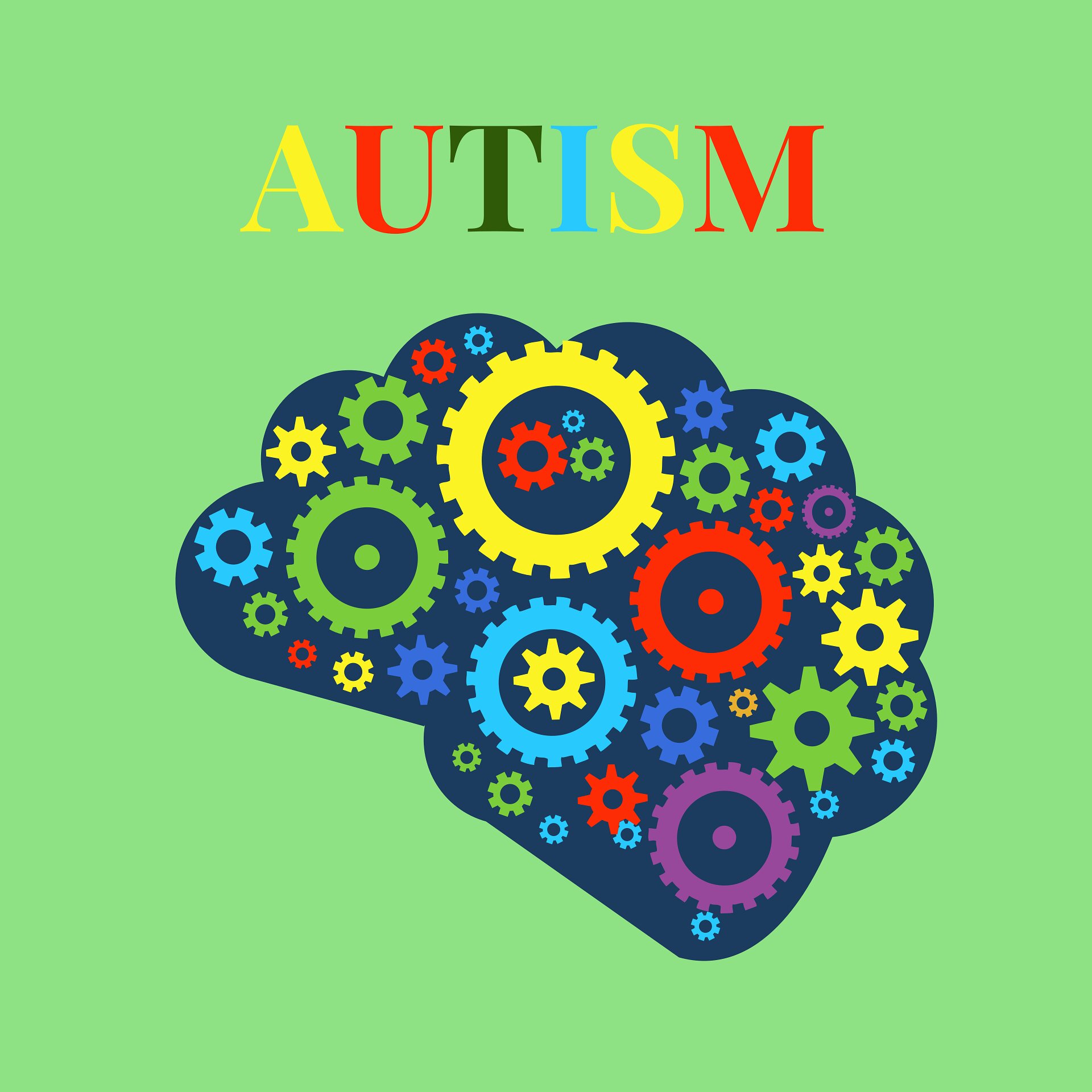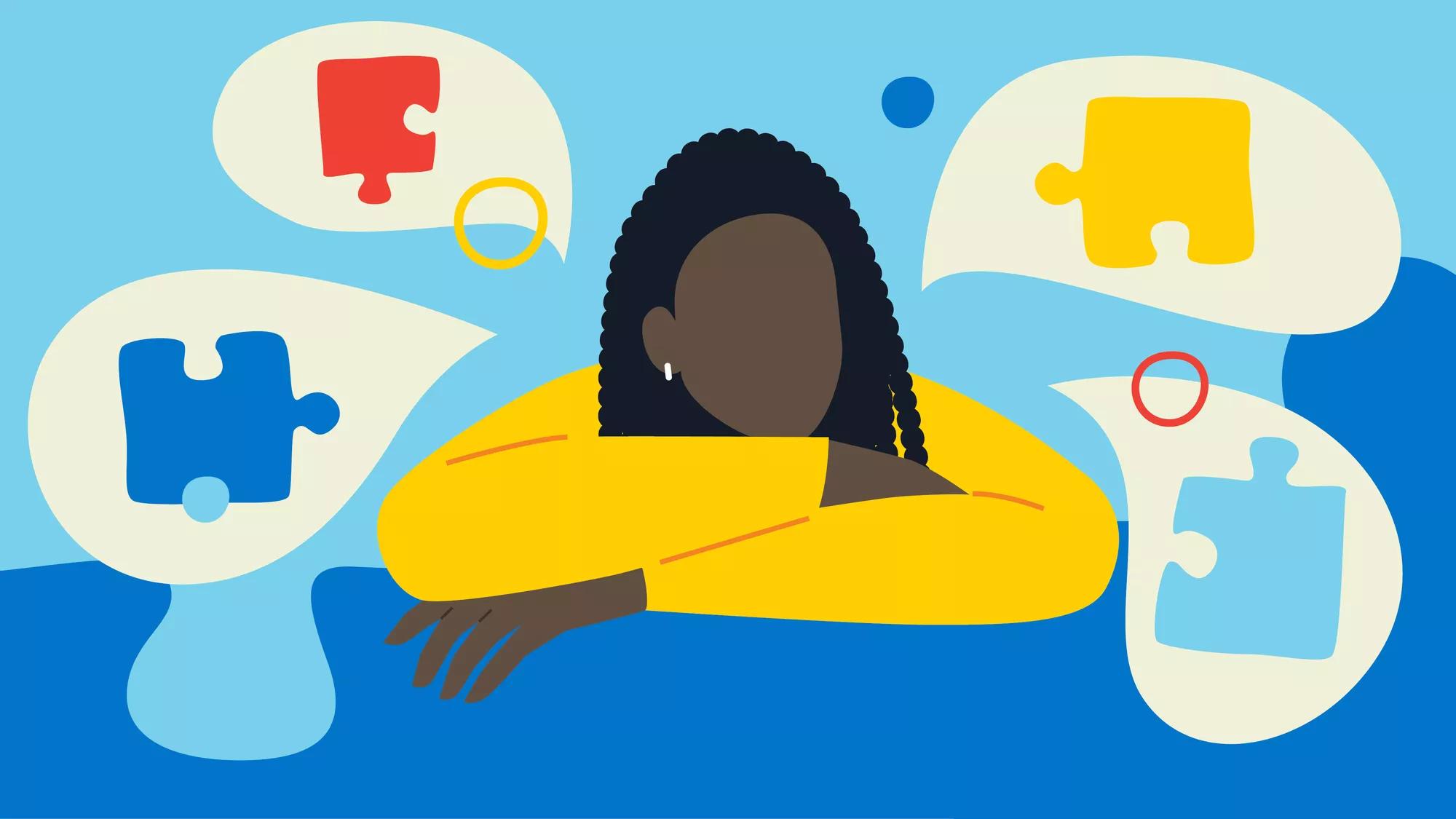Autism and Sensory Handling: Checking Out the Connection and Its Results
Exploring Autism: Methods for Efficient Communication and Interaction
Efficient communication and communication with individuals on the autism range require an extensive understanding of their unique demands and preferences. The details of these techniques reveal more considerations that merit expedition, particularly in just how they can be adapted to specific experiences and diverse contexts.
Recognizing Autism Spectrum Problem
Autism Spectrum Problem (ASD) includes a series of neurodevelopmental problems defined by challenges in social communication, communication, and recurring actions. The term "spectrum" mirrors the varied manifestations and differing levels of seriousness experienced by individuals with ASD. While some may show significant disabilities, others might display high-functioning qualities, permitting higher freedom in daily life.
The beginning of ASD typically happens in very early childhood years, with signs commonly well-known by age two. Very early indicators may include postponed speech growth, limited eye get in touch with, and troubles in understanding social cues. The specific etiology of ASD continues to be unclear, research study suggests a mix of hereditary and ecological factors plays an important function in its growth.
People with ASD often possess distinct staminas, such as increased interest to detail and extraordinary memory abilities. They might battle with comprehending abstract ideas and managing changes to routine - autism. Consequently, interventions and assistance customized to private requirements are necessary for promoting communication and social skills. Identifying the intricacy of ASD is important for promoting recognition, approval, and efficient techniques that facilitate purposeful communications with individuals on the spectrum.

Relevance of Clear Interaction
Reliable interaction is important for fostering understanding and link, specifically for people with Autism Spectrum Disorder (ASD) Clear interaction not just helps with social interactions yet additionally improves the individual's capacity to reveal their feelings, thoughts, and demands. For individuals with ASD, the nuances of language can often be testing; for that reason, using distinct and simple language is important.
In addition, clear communication helps minimize aggravation and anxiousness that may emerge from misunderstandings. When messages are conveyed in a straight and consistent way, individuals with ASD are better outfitted to translate details precisely, which can significantly improve their social interaction and involvement in various settings.
Developing routines and utilizing aesthetic supports can better reinforce clear interaction. These techniques supply individuals with predictable structures that aid comprehension and retention of details. Additionally, proactively being and listening individual throughout interactions advertises a supportive atmosphere where people with ASD feel valued and comprehended.
Inevitably, prioritizing clear interaction not just encourages individuals with ASD however additionally fosters more purposeful connections with their peers, caregivers, and the bigger community, leading the way for inclusive communications and joint relationships. - autism
Non-Verbal Interaction Techniques
Communication prolongs past words, and for people with Autism Range Disorder (ASD), non-verbal hints play a substantial role in interactions. Non-verbal communication techniques can include faces, gestures, body language, and eye contact, every one of which work as vital parts for sharing feelings and purposes.
Understanding and translating these non-verbal signals can improve communications with individuals with ASD. A cozy smile or open stance can develop an inviting atmosphere, encouraging interaction. Likewise, making use of visual aids-- such as image cards or signs-- can link interaction spaces and help communicate messages more successfully.
It is also crucial to be conscious of individual area, as people with ASD might have different comfort degrees relating to distance. hop over to these guys Observing their responses to physical nearness can educate suitable modifications.

Producing Helpful Atmospheres
Producing an encouraging atmosphere is critical for cultivating positive communications and boosting the well-being of individuals with Autism Spectrum Disorder (ASD) Such environments can considerably minimize anxiety and develop a feeling of safety and security, permitting individuals to reveal themselves a lot more freely.
To achieve this, it is crucial to think about sensory level of sensitivities that individuals with ASD may experience. Customizing the physical space to include soft lights, minimal background noise, and comfortable seating can develop a calming environment. Additionally, making use of regular routines and clear visual routines can help individuals prepare for transitions and reduce uncertainty, more advertising convenience.
Social rooms need to be structured to decrease overwhelming stimuli while offering possibilities for engagement in favored activities. Facilitating locations designated for peaceful time can also work as a refuge during moments of anxiety. Notably, integrating aspects of option empowers people, permitting them to work out company in their setting.

Motivating Social Interactions
Cultivating social communications among people with Autism Range Disorder (ASD) needs willful approaches that prioritize convenience and engagement. Developing predictable routines can help reduce anxiety, making social setups extra approachable. Developing organized atmospheres with defined roles and responsibilities allows individuals to engage without the frustrating pressure of unstructured social dynamics.
Including passions and staminas right into social activities can act as a catalyst for communication. For instance, organizing group activities around shared leisure activities or subjects of attraction can facilitate natural conversations and connections. Additionally, using aesthetic assistances, such as photographic routines or social scripts, can aid more tips here in recognizing social signs and assumptions.
Modeling ideal social actions is essential - autism. Adults and peers should demonstrate effective interaction methods, consisting of energetic listening and turn-taking. Role-playing circumstances can likewise offer a secure room for people to practice these skills
Finally, promoting peer connections with inclusive practices is important. Motivating inclusive playdates or group getaways can develop possibilities for socializing in a comfortable setup. By carrying out these teachers, caregivers and approaches can dramatically improve social interactions for individuals with ASD, advertising their general social development and health.
Final Thought
In conclusion, efficient communication and communication techniques are essential for sustaining individuals with Autism Range Condition. Emphasizing clear language, including non-verbal cues, and developing predictable routines dramatically improve involvement and why not look here decrease anxiousness. Creating helpful environments promotes secure social interactions, while urging shared interests assists in meaningful connections. Inevitably, these strategies equip people with autism to browse social landscapes, promoting their general health and enabling the advancement of enduring partnerships.
Efficient interaction and communication with people on the autism range necessitate an extensive understanding of their one-of-a-kind needs and preferences. Clear communication not only helps with social interactions yet additionally enhances the individual's capability to share their demands, thoughts, and emotions.Fostering social interactions among individuals with Autism Range Disorder (ASD) requires intentional methods that focus on convenience and involvement. By applying these teachers, techniques and caregivers can significantly enhance social communications for people with ASD, promoting their overall social growth and health.
In final thought, efficient interaction and interaction strategies are important for supporting people with Autism Range Problem.